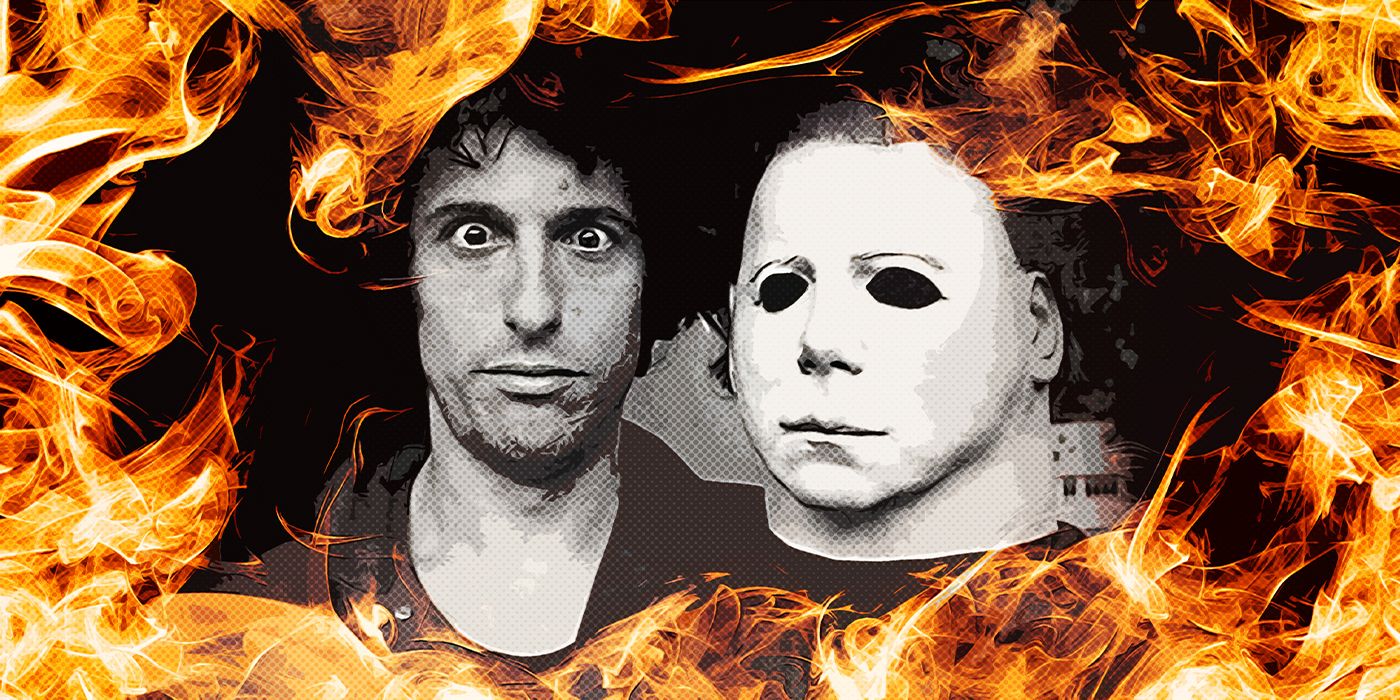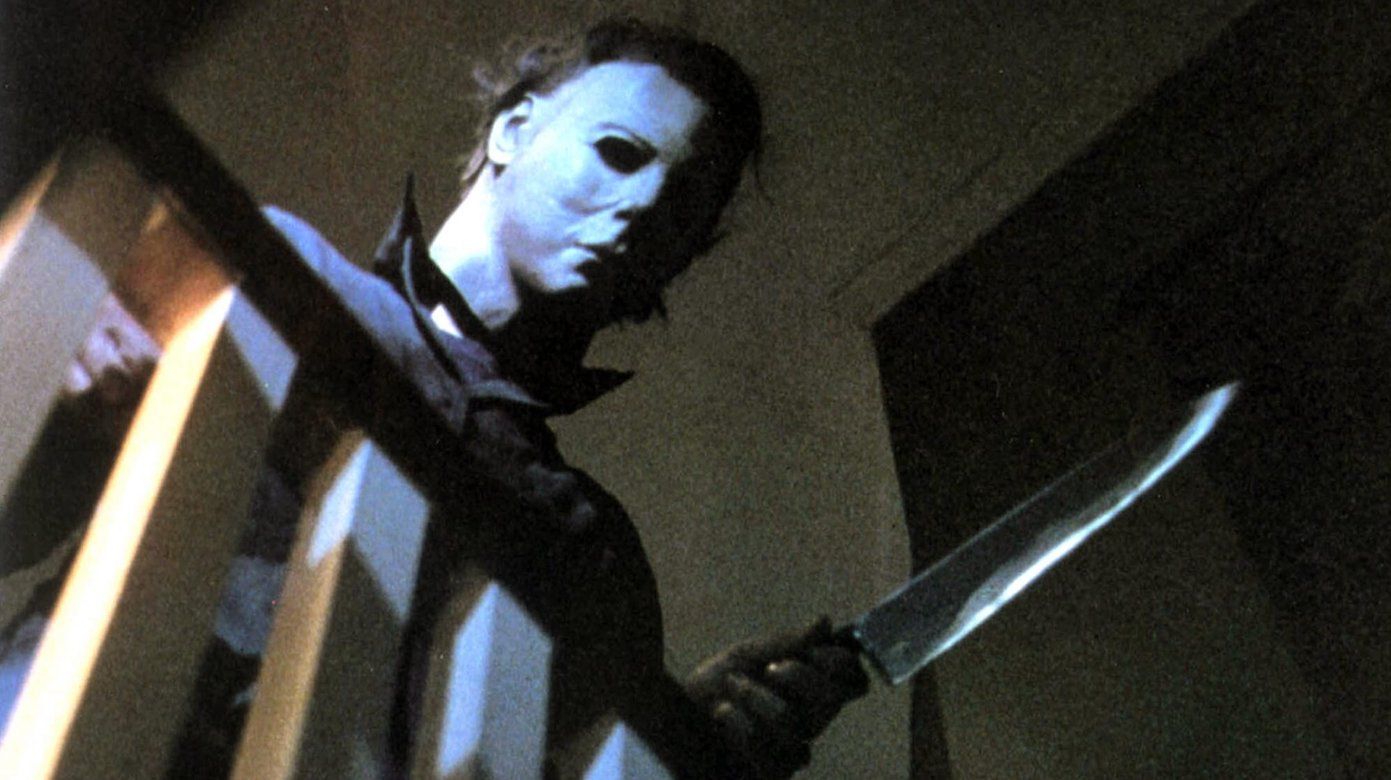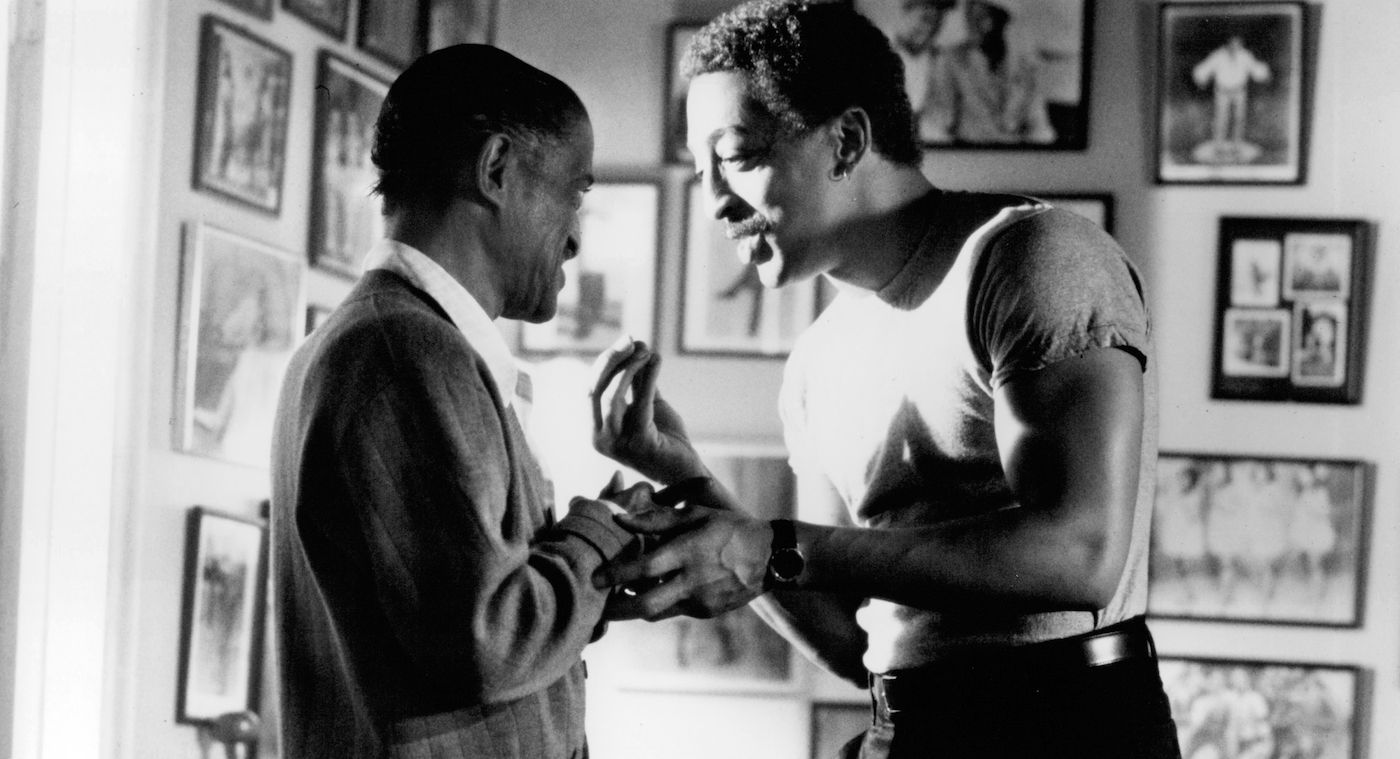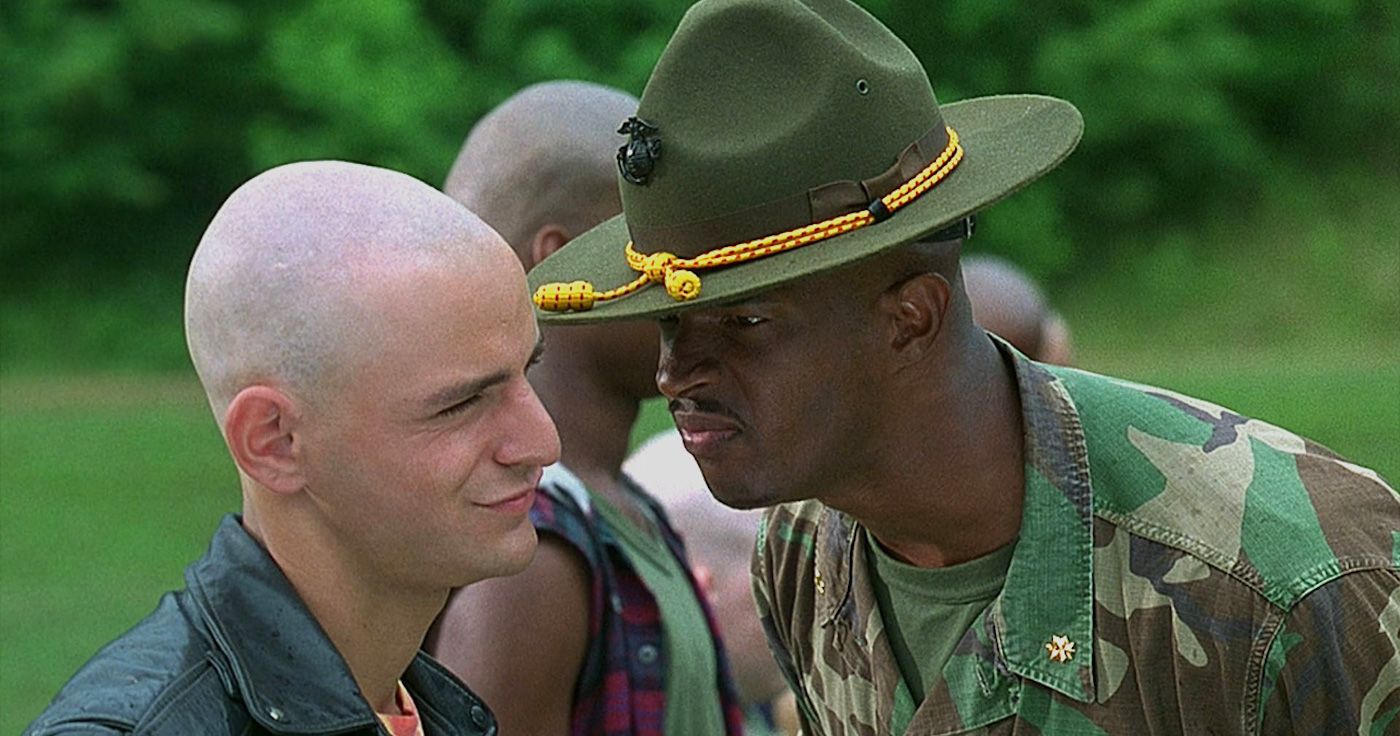In 1978, John Carpenter’s Halloween changed the horror landscape, ushering in decades worth of sequels and imitators that still hold the rapt attention of audiences to this day. Its villain, the now-iconic Michael Myers, was a silent man in a whitened William Shatner mask who lurked in the shadows of Haddonfield, Illinois. Michael was played by Nick Castle, a film school friend of Carpenter’s, who, while visiting the movie’s set, was offered the role of Michael for $25 a day. It was treated as something unimportant that could be given to almost anyone. After all, Michael Myers didn’t speak, his mask never came off; the actor behind it never revealed. Castle was able to find magic in the minimal, however, giving us an eerie presence that spoke through body language and that infamous head tilt.
Unlike other actors of the day who played horror villains, he didn't fade away after his fifteen minutes of fame, nor did he repeatedly come back to the role as Robert Englund and Kane Hodder did with Freddy Krueger and Jason Voorhees, respectively. Nick Castle’s career went in a much different direction, leaving an imprint on pop culture as big as Michael Myers, even if you didn’t know he was the man behind it.
Three years after Halloween’s success, Carpenter and Castle would work together in writing Escape from New York. Written as a response to America’s distrust in its government after Watergate, the futuristic film sees Kurt Russell as a prisoner who is given twenty-fours to rescue the President of the United States (who just so happened to be played by Michael’s nemesis, Donald Pleasence). The movie was a big success, perfect B-movie action escapism that would go on to influence films to come such as The Purge franchise.
Throughout the 1980s, Castle would take his talents to directing. His first feature film, 1982’s Tag: The Assassination Game, was a dud, but it got him behind the camera and gave him a chance to work with Linda Hamilton in her big-screen debut. His next outing would fare much better. The Last Starfighter tells the tale of a teenage video game expert (played by Halloween 2’s Lance Guest) who gets recruited to become a starfighter and fight for an alien planet in an interstellar war. Born out of the Star Wars boom, it’s regarded as the best of the imitators while still being respected for its own ideas. A fun flick that went on to become a cult favorite, Castle was praised for the passion and energy he put into the film.
Castle would move on to more dramatic fare with his follow-ups. The Boy Who Could Fly, a fantastical film about a girl and an autistic boy both going through the death of parents, has a deep message about grief and how we cope with loss. What could have come across as cringe-worthy sap in the wrong hands was handled deftly by Castle. He took the themes seriously without being patronizing. In 1989 came his fourth film, the dance drama Tap, starring Gregory Hines and Sammy Davis, Jr. in his last film role. Led by a predominantly Black cast, Castle also wrote this film about a tap-dancing ex-convict. His energetic style and focus on not only the story but knowing how simply the look and feel of a film will pull in the audience kept Tap from becoming an imitation of movies that had come before.
Castle’s films may have started to head down a more mature and serious route, but he could still have fun. Nothing shows this more than Big Trouble in Little China. John Carpenter directed this one of course, but when you listen to the theme song, that’s Castle playing the keys and belting out most of the lyrics as part of The Coupe de Villes, a band he played in with Carpenter and frequent collaborator Tommy Lee Wallace. That’s right, the man whose most famous role saw him not say a word, can sing.
In 1991, Castle almost accomplished something that could’ve potentially surpassed what he did in Halloween. During pre-production of the Peter Pan film Hook, director Steven Spielberg dropped out to take care of his newborn son. Paramount moved forward and turned to Castle to write and direct the feature. He co-wrote two drafts of the film with screenwriter James V. Hart, but creative differences with stars Robin Williams and Dustin Hoffman saw him forced out with a half-million-dollar settlement. While what would have been Castle’s biggest film will now always be a “what if,” a silver lining can be found. At this point in his career, Castle had become so respected that when the biggest name in filmmaking said no, a major production company came to Castle to take over. That says everything about what he was accomplishing.
Through disappointment, Castle’s career continued. In 1993, he got to work with the legendary Walter Matthau in Dennis the Menace. Written by John Hughes, this comic adaptation was critically panned, but its $117 million worldwide gross on a $35 million budget would make it Castle’s biggest directorial success. The ones who wrote the reviews in your local newspaper may not have enjoyed it, but it wasn’t for them. It was a kid’s film: They loved it - that’s all that mattered.
In 1995 came Major Payne. If kids were the target for Dennis the Menace, teens were the ones who ate up this Damon Wayans comedy about a crazed military officer. It was funny and crass, but also edgy and a worthwhile satire of past military films. While it opened up at number two at the box office, it didn’t quite reach the haul of his previous film. It’s probably the movie of his you know best, though. A constant staple of cable television in the 1990s, most movie fans of a certain age have come across Major Payne at some point during their younger years. That would end up being the peak of Castle’s success. The next year brought Mr. Wrong, a romantic comedy so bad that it would be Ellen DeGeneres’ one and only lead film role. Even if it didn’t work, it’s a success simply for existing, because Castle was so respected for the accomplishments of his last two comedies, that once again he got a big studio film and was trusted to be the one to guide star-in-the-making DeGeneres.
It would be five more years before Castle directed another film. The big studios were gone but the jobs and the big-name talent were not. In 2001, he helmed the independent film Delivering Milo. It didn’t receive much attention, but Castle got to work with Anton Yelchin, Bridget Fonda, Campbell Scott, and Albert Finney. That same year he directed Bryan Cranston in the Disney Channel’s ‘Twas the Night, a Christmas film that still airs on the network every December. In 2004, he was entrusted to direct another Black-led film The Seat Filler. His eleventh and last time in the director’s chair was for 2006’s direct-to-video Connor’s War. His final credit was the Freddie Highmore and Keri Russell musical drama, August Rush. He co-wrote it with James V. Hart, who he had previously worked with on Hook. It seemed a fitting end to a stellar career, to work again with someone who was a part of his biggest disappointment, and this time see his hard work accepted and make it to the big screen.
Nick Castle has spent the last several years giving back to fans by traveling on the horror convention circuit. In 2018, his career went full circle when he was brought back to replay Michael Myers in David Gordon Green’s Halloween. While he only dons the mask for a brief cameo, he has been on the set for every movie in the soon-to-be trilogy, guiding new Myers actor James Jude Courtney and acting as a consultant, ready to lend advice not only on how to portray an undying serial killer but on how best to make a movie. If anyone knows, it's Nick Castle.
Though he has come back to the role he will always be remembered for, Castle has spent his life doing more than making audiences cover their eyes. In the 1980s, he also made your eyes grow wide and your jaws drop. That one time he made your head bop to the beat of the music. In the 1990s, he made you laugh, whether you were sitting with your family or hanging with your friends. Even though the Shatner mask came off, he stayed in the shadows, with most not knowing who he was. He never sought fame; success has been its own reward. Still, it’s time to take off his mask and show the world what Nick Castle has contributed to it.




